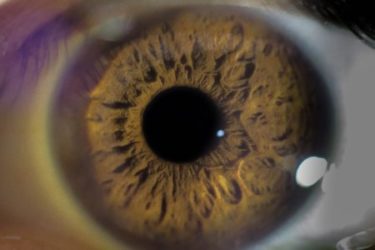
A 30 year old patient recently experienced a sudden decline in his ability to see from a distance. Otherwise, he told me he felt completely fine and reported no other symptoms. We referred the patient for further testing, because drastic vision changes in a short period of time, at that age, can often be a sign of diabetes. The tests revealed that his blood sugar level was dangerously high at 35 (a normal blood sugar level is between five and seven). It was confirmed—the patient had diabetes.
After 24 years of being an optometrist, I am still surprised at the number of people who do not know that a vision problem, can mean bigger problems in the body. I am often shocked when a patient has an exam for a vision change that happened months, or even years prior, that was never addressed.
Unfortunately, these situations are not unusual. Optometrists regularly detect hidden health problems that affect the entire body, and not just the eyes. In fact, diabetes is one of the diseases we often help uncover through a regular comprehensive eye exam.
Many people are living with diabetes or pre-diabetes and many of them do not know it. Through the years, I have sent many patients for medical exams following annual eye exams because of signs of diabetes.
If you have diabetes, make sure to get a regular examination of back of your eye by your optometrist. If you have noticed a change in your vision or are experiencing other vision problems, get an eye exam. You never know what your eyes are trying to tell you about your overall health and your optometrist can help with the interpretation.
Some people are aware that diabetes can cause blindness and vision problems, though I have found that people do not understand why there is a link between eyes and the disease. This lack of understanding can be detrimental. If you know that changes in your vision were a way that your body tells you that there is a bigger issue to deal with you would most likely go in for an eye exam.
The body is a complex system, but this brief explanation may help with understanding the link. Diabetes is primarily a vascular disease, effecting the blood vessels. One of the most vascular tissues in the body can be found behind the eye. It’s called the choroid, which is a swamp of blood vessels that provides the energy for the retina to see with. These vessels are important to the eye, but are also very susceptible to impacts from diabetes given their vascular nature.
Because the vessels in the eye that are prone to diabetes impact are at the back of the eye, there are sometimes no visible symptoms indicating an issue. In a comprehensive eye exam your optometrist will look at the back of the eye and identify any damage.
Tags: Diabetes, Vision changes